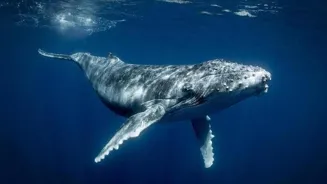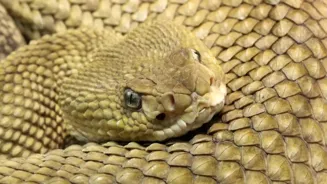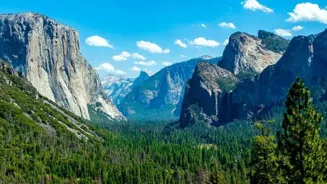Discover the intriguing world of the Indian Blue Whale - its unique traits crucial for conservation efforts! Dive in now
The blue whale, the very name conjures images of immense size and majestic grace.
While these gentle giants roam the oceans worldwide, the Indian Ocean subpopulation, often referred to as the Indian Blue Whale, possesses several unique characteristics that set it apart.
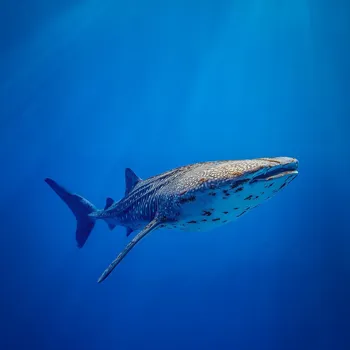
These distinctions are crucial for conservation efforts, as understanding these differences helps scientists tailor protection strategies specifically for this regional group. Let's dive into seven fascinating aspects that make the Indian Blue Whale a truly special creature.
Indian Blue Whales' unique vocalizations aid in studying their behavior and habitat
One of the most significant differences between the Indian Blue Whale and its counterparts in other oceans lies in its vocalizations. Blue whales communicate over vast distances using low-frequency calls. The tonal pattern, duration, and repetition of these calls vary among different populations.
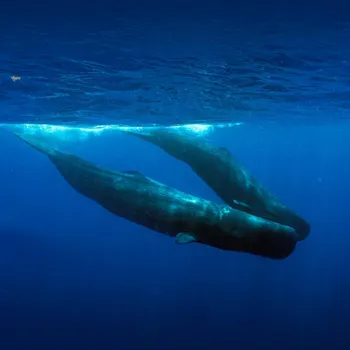
Indian Blue Whales have a distinctive song, characterized by a repeated series of pulses, which has been recorded in the northern Indian Ocean. Scientists use hydrophones, underwater microphones, to listen to these songs, helping them track the whales' movements, distribution, and population size. Analyzing these unique vocal signatures becomes important in understanding where these individuals travel, do they mix with other populations on seasonal shifts, and can this data be used to help protect key areas and establish guidelines for maritime vessels to navigate more aware of the surrounding wildlife
Human activities threaten Indian Blue Whales in the Indian Ocean
The world’s oceans are facing increasing challenges due to human activity. Shipping noise, pollution, and climate change all pose significant threats to the gentle giants of the sea. The Indian Ocean, a major shipping route, presents unique challenges for the Indian Blue Whale.
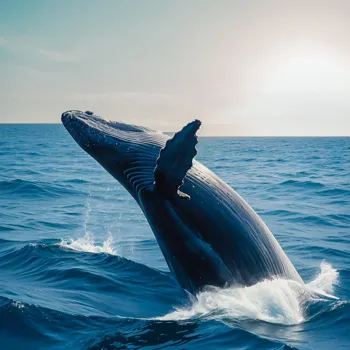
Increased ship traffic raises the risk of vessel strikes and disrupts whale communication, making it harder for them to find each other, navigate, and even find prey.
Pollution, whether it is chemical runoff from land or plastic debris, can contaminate the whales' food source and harm their overall health.
The rising ocean temperatures and changes in ocean acidity due to climate change can affect the distribution and abundance of the krill that sustain these massive creatures.
Understanding the unique vulnerability of the Indian Blue Whale is essential for implementing localized conservation measures.
Indian Blue Whale population size faces challenges; data crucial for conservation
The Indian Blue Whale population size may not be very high. Accurately determining the population of any whale species is a huge challenge, especially when they inhabit vast and remote waters.
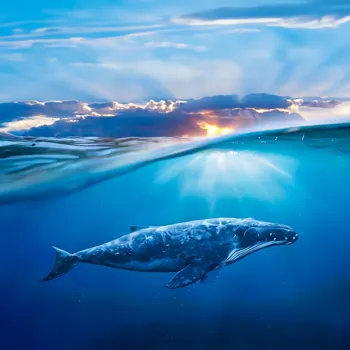
However, recent studies and acoustic monitoring indicate that the Indian Blue Whale population may be facing issues like other species of whales.
While precise figures may be lacking, scientists use different methods, including visual surveys from ships and aircraft, photographic identification of individual whales, and acoustic monitoring, to get an estimate of their numbers.
These data help in understanding population trends over time, identifying crucial habitats, and assessing the impact of human activity on their survival. If the whale population is small and endangered, it is imperative to protect them from all forms of harm.
indian blue whale movement patterns in indian ocean studied
Unlike some other blue whale populations known for long-distance migrations between feeding and breeding grounds, the movement patterns of the Indian Blue Whale are still being studied. There is evidence to believe movements are seasonal shifts within the Indian Ocean.
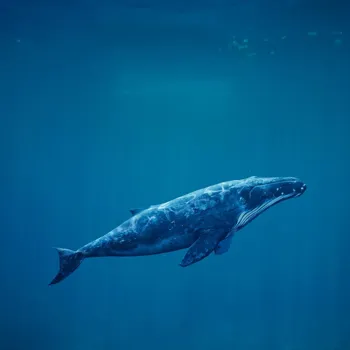
Satellite tagging and photo-identification studies have shed some light on their travels. As the Indian Blue Whale's feeding and breeding habits may be tied to specific locations within the Indian Ocean, this makes them susceptible to localized disruptions.
Scientists studying Indian Blue Whales for conservation
The scientific study of the Indian Blue Whale is still in its early stages. They need to conduct more research to fully uncover the intricacies of their lives. They need to study their diet, their social structure, and exactly where they breed.
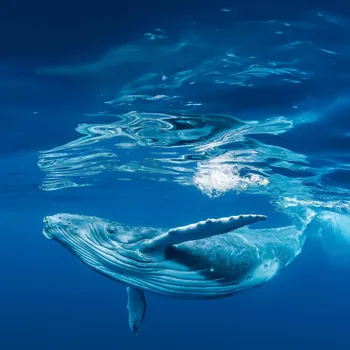
Scientists need to use all the tools available, from tracking devices to genetic analysis, to piece together a complete picture of this magnificent animal. Only by gathering this knowledge can effective conservation strategies be developed to ensure that they thrive.
Indian Blue Whale conservation needs regional focus and community involvement for success
Conservation efforts for the Indian Blue Whale must take into account its unique regional challenges. These measures may include establishing marine protected areas in key habitats and minimizing ship traffic in areas where the whales are known to concentrate.
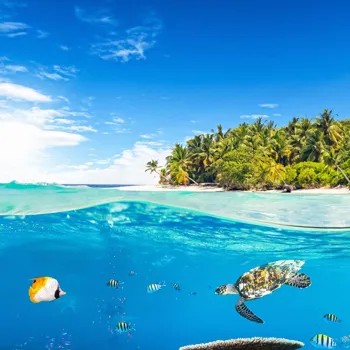
Strict regulations should be enforced to prevent noise pollution, and steps must be taken to reduce marine pollution. Finally, community involvement is essential for successful conservation.
By raising awareness among local communities and fishermen about the importance of protecting these gentle giants, we can foster a sense of stewardship and responsibility towards the ocean environment.
AI Generated Content. Glance/InMobi shall have no liability for the content